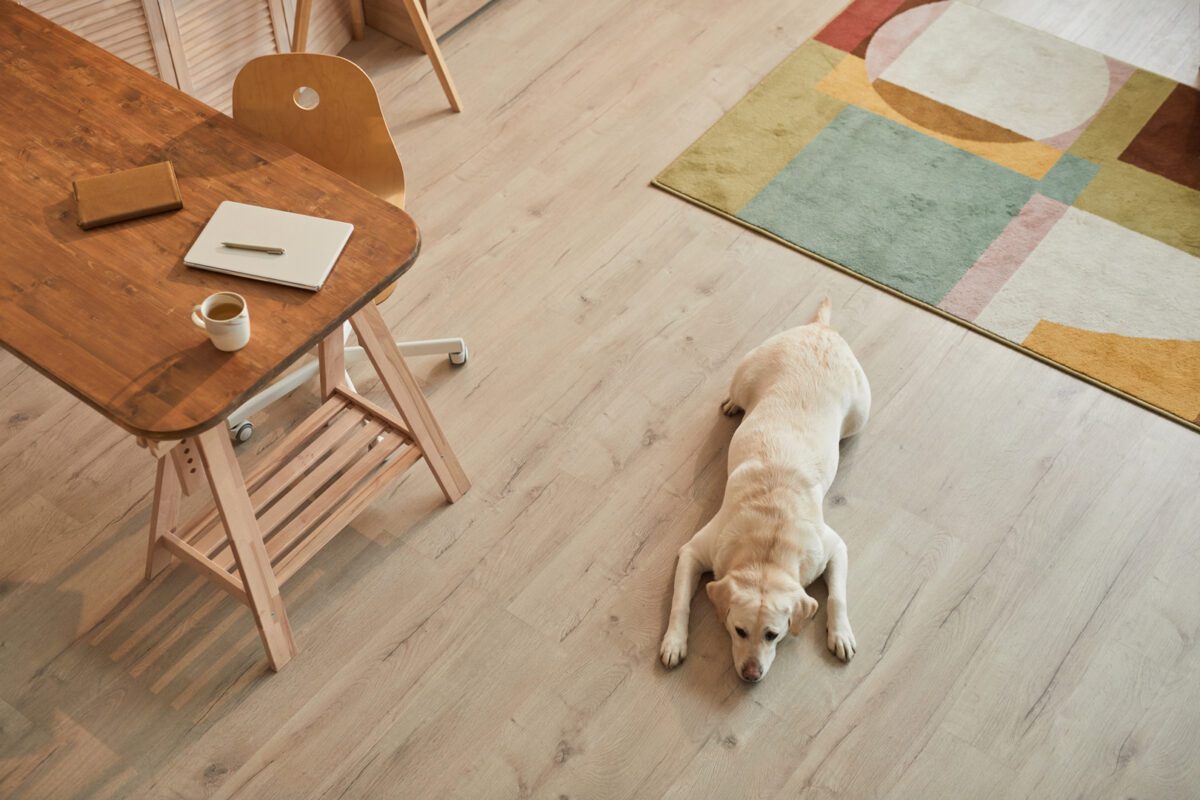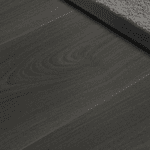
Blog
Best Underlay for LVT and Vinyl Flooring

LVT and Vinyl flooring are some of the most cost-effective and beneficial floors on the market. The only way to make them better? Add an underlay. But what is an underlay, and what’s the best underlay for LVT flooring? And what’s the best underlay for vinyl flooring? (Hint: They’re different in most cases because LVT flooring underlay and vinyl underlay are designed to enhance and protect fundamentally different – albeit similar – flooring types). Click LVT usually requires underlay, but gluedown LVT is typically installed directly onto a smooth, prepared subfloor without underlay. And if your Click LVT already has a built-in underlay, you don’t need another.
This article will review the types of underlay that bring out the best in vinyl sheet flooring and Luxury Vinyl Tile click flooring, and enhance its pros. Read on to find out more.
Types of Underlay
The following are the types of underlay, along with their typical strengths and uses, though bear in mind specialised brand products may have additional features.
Felt Underlay
Traditional felt underlay is rarely used under LVT or vinyl, as it lacks moisture protection and stability. Specialist felt/rubber blends may exist but are not standard.
Foam Underlay
Foam underlays are a versatile option that boasts several pros. Make sure to use foam underlays specifically manufactured for LVT/vinyl, as carpet foams are unsuitable:
- Cushioning – Foam underlays offer various levels of cushioning due to their multiple thickness options, which is primarily where the soft feeling comes from. In bedrooms, living rooms, or other areas of comfort, foam underlays do well. Best paired with flooring that is otherwise lacking in comfort like vinyl or LVT flooring.
- Thermal Insulation – Foam’s material lends itself well to thermal resistance, which means it doesn’t allow heat to pass through the material. Making a would-be cold vinyl floor that much more comfortable.
- Vapour Barrier – Bear in mind that not all foam has vapour barriers. The ones that do tend to be thinner, and are often a top choice for basements that have concrete subfloors, as water can seep into the pores of concrete and maintain moisture. (If you need to protect against water rising up from a concrete subfloor, you may need a damp-proof membrane as additional support).
Foam is wildly popular due to its added benefits, with not many cons to think of. That being said:
- Quality – When it comes to foam underlays, quality is everything. A low-quality foam underlay will compress and wear out much faster than other foam underlays. Whilst quality is a factor for all underlays, we feel it reflects most in low-quality foam.
Crumb Rubber Underlay
Crumb rubber underlay is typically used under carpet, not LVT/vinyl. Only specialised variants designed for hard flooring should be considered.
Cork Underlay
Cork is a natural material that has many benefits:
- Moisture Resistance – Cork’s natural material resists mould and mildew, but for wet areas like bathrooms, only treated cork with a vapour barrier should be used.
- Sound Resistance – Cork dampens sounds of both impact noise and airborne sound transmission making your home a quieter place. Important on those harder LVT, vinyl or even laminate flooring options.
- Thermal Insulation – Cork can help with thermal insulation, maintaining stable floor temperatures and stopping heat from escaping through the floor.
- Eco-Friendly – Cork is harvested through sustainable sources – that of cork wood trees, and better yet, it doesn’t harm the trees. They are also biodegradable and non-toxic.
Cork disadvantages are similar to the previous entry:
- Less Soft – Cork isn’t a dense material, but at the same time, it doesn’t offer comfort.
- Odour – Cork has a rubbery odour, although, over time, it dissipates.
Combination Underlay
Most “combination” underlays for LVT/vinyl are foam + vapour barrier types, not the same as carpet hybrid underlays. For LVT/vinyl, combination underlays usually mean foam with an integrated vapour barrier, offering both comfort and moisture protection.
The Best Underlay for Vinyl Flooring (Sheet).
This may be a shock, but it isn’t considered necessary to have vinyl flooring underlay in most cases. This is because sheet vinyl flooring comes with a backing layer that provides cushioning and support. Adding an additional underlay under vinyl sheet is not generally recommended; instead, subfloor smoothing or thin foam can be used in specific cases.
If you were to add vinyl flooring underlay, there are most definitely applications that help, however:
- Uneven Subfloor – Subfloor imperfections such as some dips and bumps will reflect in the sheet vinyl. As a result, it may be better to get a thin foam to provide a smooth surface at the start of your flooring project.
- Soundproofing – Sheet vinyl doesn’t have a lot of soundproofing properties. As a result, having a thin sheet of cork underlay increases acoustic insulation.
- Moisture – In moisture-prone areas, such as basements and bathrooms, an underlay with a moisture barrier can create a barrier between the sheet vinyl and the moisture, protecting the longevity of the flooring.
The Best Underlay for LVT
Luxury Vinyl flooring is hard but very secure, comfortable and warm underfoot. Despite being made up of more layers and generally being of a much better quality than sheet vinyl in all areas except cost (but not value), it doesn’t have one thing sheet vinyl does – the backing layer. Click/loose-lay LVT usually needs underlay, but gluedown LVT is installed directly to the subfloor without one. If your Click LVT already has a built-in underlay, you MUST NOT install another underneath.
The first thing to point out is that SoundBarrier (an underlay available at QA specifically created for LVT flooring) is compatible with both Gluedown and Click LVT installations – a rarity with LVT underlays, meaning you really have a one stop shop when you work with QA for your LVT underlay.
In truth, it’s better to go with underlay options specifically designed for LVT. Whilst we’ve taken the time to go over the different types of underlay, this was mainly so that you understand what each underlay offers. QA has a specific LVT specialised underlay that mimics many of the benefits of the underlays above, and we’d like to introduce you to it below.
SoundBarrier LVT Underlay
The following is QA’s very own underlay designed for LVT. When looking for the best underlay for LVT, understanding this highly compatible flooring will help with all your acoustic solutions and it’s appropriate for both click and gluedown installations.
| Underlay Name | Key Features & Properties | Benefits |
| SoundBarrier LVT Underlay | * Designed for superior sound absorption (up to 24dB reduction – higher than any other LVT underlay available) | * Ideal for minimising noise transfer, especially in multi-level buildings – walking noise is reduced by 31% with this underlay |
| * Suitable for click-lock LVT flooring & gluedown installations | * Protects click-lock joints and makes the floor quieter to walk on whilst offering support to gluedown installations too |
Conclusion
Overall, the right underlay for either LVT or Sheet Vinyl depends entirely on your needs. Whilst the options for Vinyl are fairly sparse and situational, it’s not entirely uncommon for LVT to have their own specialised underlay, such as SoundBarrier, which can further enhance LVTs range of benefits. And remember, if your LVT has a built-in underlay, never install another underneath.


